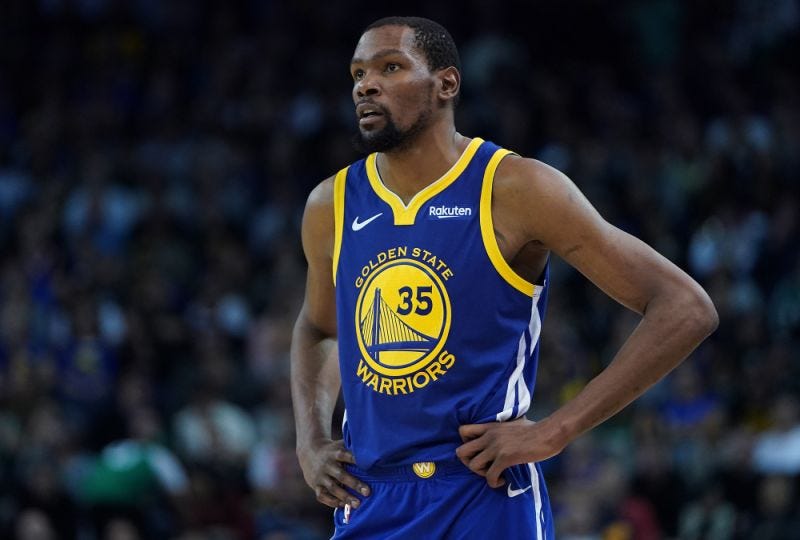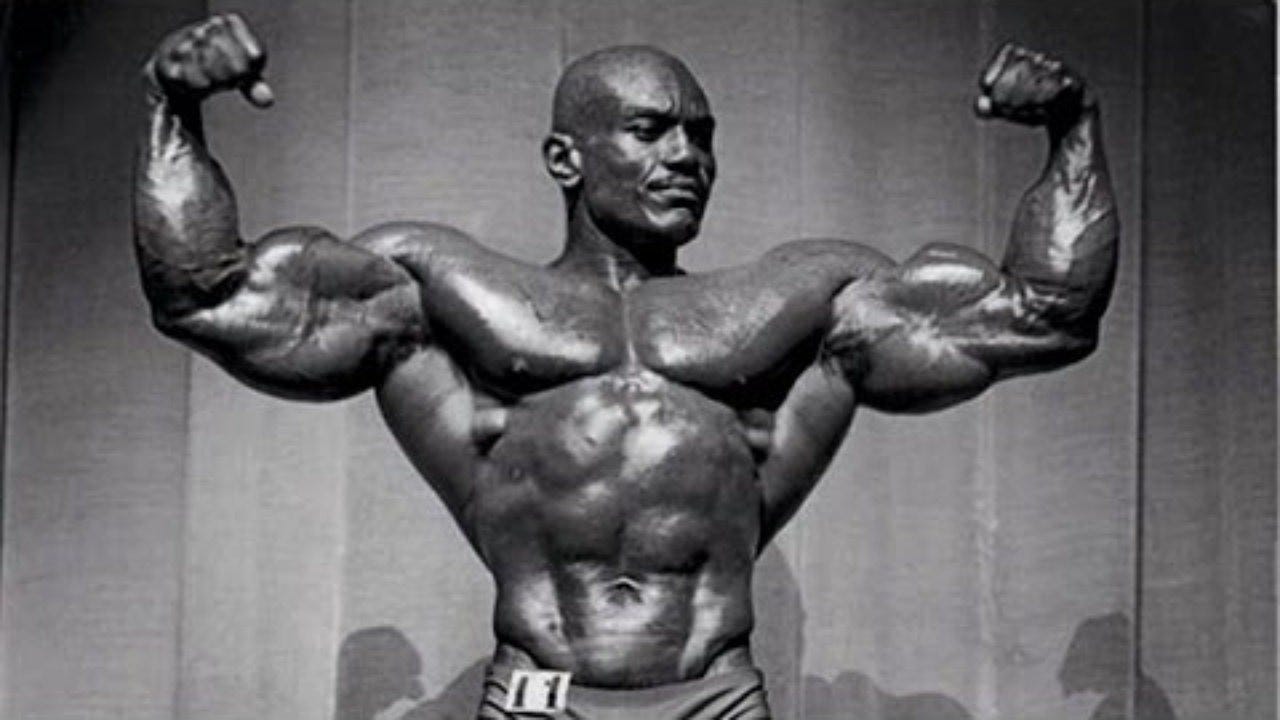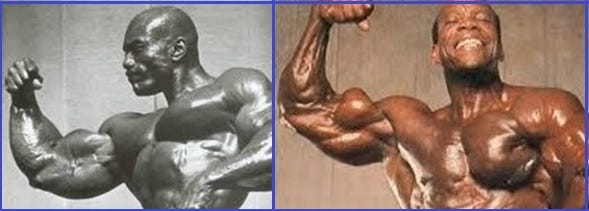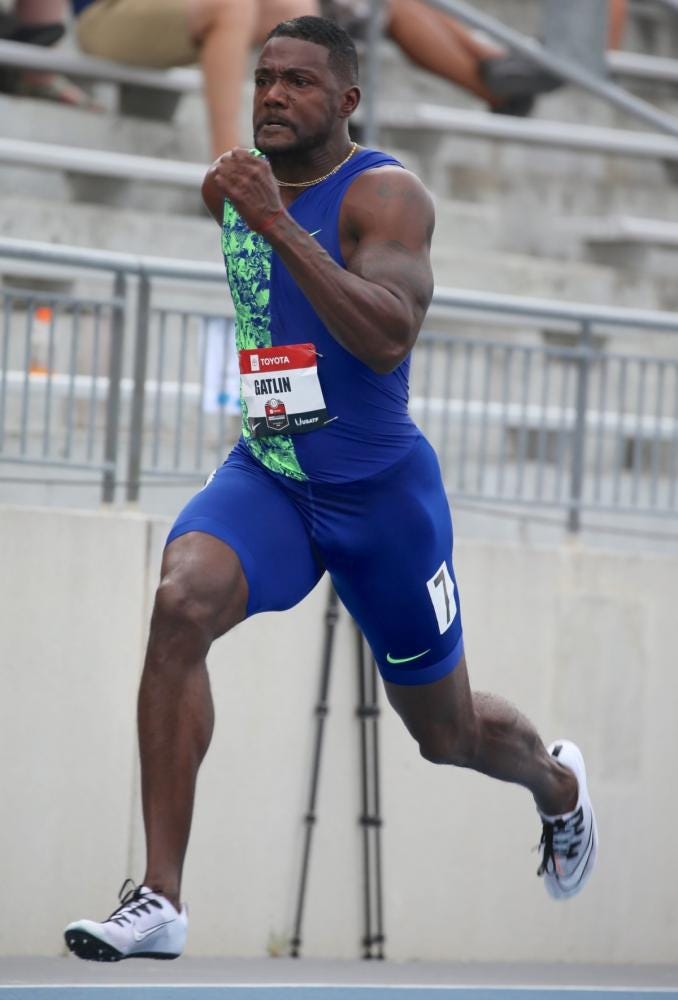Strength Genetics
There are two common questions I receive on a weekly basis from novice trainees:
-How much muscle can I gain?
-How strong can I get?
Without being there in person to assess someone, I cannot make any serious estimations, but I can teach you how to self-assess and use this physical knowledge to guide your training.
To be clear, this article is about STRENGTH genetics. While strength does correspond with athleticism, this article is not about vertical jump or being able to sprint.
This is about strength as defined by Bros: being able to lift heavy weights.
Before we go any further-One option is assess how much muscle you can gain is using online calculator based on human biometric data. The best Ive seen is by Casey Butt. You can find it here.
That aside, the human body is more than its measurements. Ive been training clients for over a decade, and you swiftly learn that there are obvious (and not so obvious) physical markers that indicate a person strength and muscle potential.
These factors are not “set in stone” determinants, but they are observable traits that will help you better understand your own physique, and the physique development of others.
1. How muscular are you before you ever started lifting weights seriously?
One of my bodybuilding friends is 5’10, and about 250lbs on stage. When he was in high school, he was 5’10 200lbs solid, with single digit bodyfat. He elected to bodybuild because he wasn’t tall enough for the the NFL and he loved lifting weights.
His entire body is muscular, he has no weak points in his physique. Not when he was 16, and not today in his 30s. His training has always been focused on overall size.
I say this all the time, but if you have a natural physical talent for something, it is usually OBVIOUS.
2. Your Parents-How athletic are your parents? How big are they? How tall are they?
Genetics play the greatest role in athleticism, and you know where you inherit that from. If both your parents were Division 1 college athletes, it's likely you have that level of talent as well.
If your parents are both skinny-fat and have never worked out in their lives, you’re probably not an elite natural athlete.
People love underdog stories of course, and Im sure someone will want to comment on exceptionalities, but probabilistically, genetics are going to guide MOST of your physical destiny.
Knowing your parents physical history then is helpful, as it least gives you a rough approximation of what your own strength and muscle potential might be
3. Bone Size-The larger your bone structure, the more muscle mass you are likely to have.
This has been seen in observational studies many times over
Once you realize this, you’ll see how obvious it is with athletes. The bigger the bones, the bigger that individual.
And the bigger the bones, the more likely you are to be strong.
Look at Worlds Strongest Man Hafþór Júlíus Björnsson
On the left is Stan Efferding. Stan I have met myself in person. He is 6ft tall, well above 250+lbs, and he is a powerlifting champion in the 275lb weight class (he squatted 865.2 lbs squat, bench pressed, 600.7 lbs bench press and deadlifted 837.5 lbs). Standing next to any normal sized human, Stan is a BIG GUY.
On the right is “Thor” as he is known. He is 6’8 and 400lbs. In this picture I want to point out the size his knee joint and wrist and forearms, they are MASSIVE. His quads are the size of Stans arms (and Stan has 20 inch biceps), and his knee joint is the size of the average man’s thigh. His forearm is the size of most bodybuilders upper arms.
Thor is obviously a major outlier in terms of his size, but you can see the role that his skeleton plays in his strength.
Compare him to someone like Kevin Durant, who is actually an inch taller, but weighs only 215lbs.
To be clear, I'm not picking on Kevin (Im not that idiot that thinks athleticism begins and ends with how much weight someone can lift) but you can see the obvious difference skeletal structure plays. Durant’s bone’s are clearly above average in length, but their circumference and thickness is close to average. He is built tall, but not large. He is obviously not exceptionally muscular, although he is very athletic.
In contrast, Thor’s bones look nearly triple or quadruple a normal mans. And because of this, the amount of load his skeleton can bear is massively increased.
4. Body Structure-Doesn’t this mean bones? Not necessarily.
By body’s structure, I am referring to your PROPORTIONS:
-How long are your arms relative to your torso?
-How long is your torso relative to your legs?
-How long are your femurs relative to your height?
One the most influential body proportion measurements you’ll never hear about is chest wall depth: the distance between your sternum and your spine if you were to measure them. The deeper your chest depth, the easier time you will have bench pressing, because the distance between your sternum and the bar is shortened. The biggest benchers tend to be “Barrel chested” for this reasons.
Another influential measurement is the width of your clavicles/shoulders. The wider/longer your clavicles, the wider your shoulders will be. For those with narrow shoulders, building shoulder size and width is more difficult.
Another is your pelvic structure. You can read this article to better understand how the shape of your pelvis and hip sockets influences how you squat
Why People HAVE to Squat Differently
Unfortunately there is no master resource of guide that explains all the above in perfect detail. These are observations from myself and 10+ years of training, and the fitness industry is only beginning to understanding the role of bone and proportion differences in training.
Regardless, this is all to increase YOUR awareness of your own body. Understand that training at the highest level truly is a customized process.
5. Muscle Belly Insertions
Sergio Oliva, a Mr. Olympia, and possessor of some of the most insane genetics ever in bodybuilding.
What the Heck are Muscle Belly Insertions? (Watch the Video)
Your muscles attach to tendons, tendons attach to bone. The size of your muscles depends partially on WHERE they attach to your tendon. There is a term in bodybuilding called “long muscle bellies”, it refers to people whose muscles attach very close to the joint, and there is very little tendon exposed.
Contrast that with the comparison to Albert Beckles, a well known bodybuilders from the 1970s and 1980s.
Beckles still has big arms, but he clearly has space between his biceps and his elbow joint, where Sergio does not. You can see too the difference between “short muscle bellies” versus long. Sergios upper body muscles are lengthy and flowing, and extremely full looking, Beckles though has much sharper separation between muscles and is more striated, with each muscle being clearly distinct form the next one.
This difference in muscle belly structure influences what their physique looks like.
Your biceps and triceps tendon length inform your arm size, and the best bodybuilders in the world tend to have very short tendons.
Another easy to understand example
Calf size tends to be determined by achilles tendon length-how long is your achilles tendon?
In this photo, IFBB Pro Jason “Huge” Huh is taking a photo with his 2 year old daugher. Jason is known for his massive calves. His daughter is TWO and has massive calves.
Genetics is real, but also look at how SHORT his achilles tendon is.. His calve muscle covers almost 2/3rs of his lower leg.
Compare this to a completely different athlete, Justin Gaitlin. Gaitlin has been a top 10 sprinter in the world for almost 2 decades, he retired recently.
Justin calves take up the upper 3rd of his leg. He actually has large calves for a sprinter, but compared to a bodybuilder, he would get critiqued for having skinny lower legs.
If you naturally have large calves, you probably have very good genetics for building muscular legs. If you have super skinny calves, you might be a hell of a jumper, but you probably will have to work for leg size.
This applies for more than just calves and arms. If you have to ask yourself if you have the genetics for XYZ, you probably dont.
6. Can you squat a lot? And Press A lot
You will largely never see a big squatter with small glutes or legs, it’s simply not possible. The glutes are the engine of athletic power, and the higher force production from having muscular thighs is axiomatic, the more likely you are to be strong. If you naturally have big legs, you probably have strong legs. If you have a flat ass that looks like Hank Hill’s, its dubious you are ever going to squat heavy weights.
The same for upper body. If you naturally have a muscular upper body, your strength potential is high. Bigger muscles are stronger muscles. These things dont take deep analysis to figure out. If you excel at chest and shoulder pressing, it’s likely you have the structure to become very strong overall. Add in the ability to squat a lot of weight, and you are well on your way.
Why not the deadlift? The deadlift is hit or miss. It is entirely possible to be skinny and still have a respectable deadlift. It’s not uncommon for tall and lanky gentlemen to build a decent deadlift, but struggle with squatting (long legs), and bench pressing (long arms).








